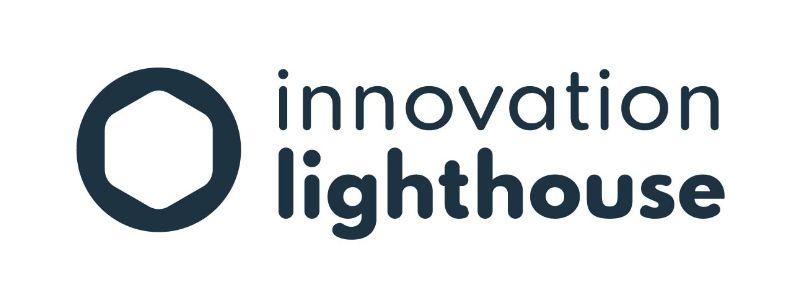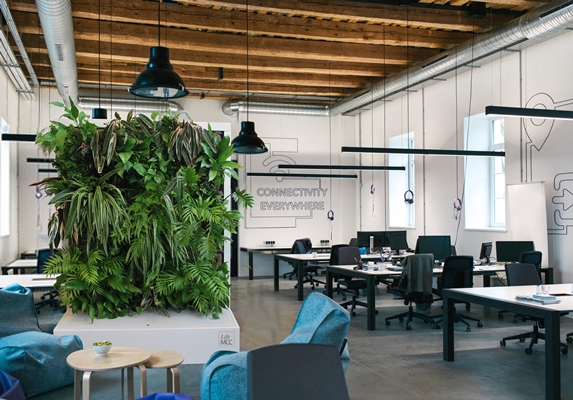
Transforming Meeting Rooms for Happier, Healthier and more Productive Employees

Living labs are real-life research and experimentation environments created with a user-centric approach. Spaces are designed where both users and solution providers can co-create, develop and test innovative technologies to address goals and needs such as improving quality of life, work and more.
Innovation Lighthouse is a Netherlands-based organization focused on making buildings more sustainable through living labs. They collaborate with companies that develop innovative solutions to improve the real estate sector and the quality of life of building occupants. One of the projects they embarked on was to test the effect of using biophilic or natural elements such as plants, water and daylight to improve health and wellness in the office. They wanted to validate research findings that show that integrating biophilic elements in the workplace improves indoor air quality which leads to increased productivity and improved health and well-being.
The question they were looking to address was: “How do various biophilic elements in meeting rooms impact air quality and user experience?”
Challenge:
Poor indoor air quality typically occurs in small and enclosed spaces with low ventilation such as meeting rooms. By implementing biophilic elements into such space the project managers of Innovation Lighthouse sought to prove that improvements in the indoor environment can be made using simple and affordable solutions. A Provada real estate conference was chosen as the living lab setting and three identical meeting rooms by Skepp were set up with different conditions:
- Control Room (No biophilic elements)
- Biophilic Imagery Room (displaying images of nature in the room)
- Biophilic Installation Room (installed a free-standing plant wall from Sempergreen)
They collaborated with uHoo in order to measure and compare the air quality factors such as carbon dioxide levels, temperature, humidity, TVOCs and ozone in the three rooms. They also asked meeting participants to provide their perceptions about the three rooms and resulting effects to their level of alertness and comfort.
Benefits Achieved:
The real-time air quality data from the uHoo devices installed in the meeting rooms enabled the project managers to quantify the impact of the biophilic elements:
Improved Temperature, VOC and Particulate Matter Levels
- The Biophilic Installation Room was up to 2°C cooler than the other rooms and cooled down faster after meetings which meant that the room temperature was kept at a constant optimal range for the meeting participants
- uHoo also measured lower concentrations of volatile compounds (6% lower) and fine dust (25% lower) in the Biophilic Installation Room
Having uHoo provide continuous real-time monitoring also raised awareness about the importance of understanding indoor air quality factors in relation to the space and the occupants’ activities.
Improved Alertness and Comfort Levels for Meeting Participants
It came as no surprise to the project managers then that the Biophilic Installation room emerged as the most popular space for the participants. With the moving green wall in the room and better indoor air quality, they reported feeling most alert (24%) and found it the most pleasant environment (21-24%) compared to the other rooms.
Bottomline Results:
Innovation Lighthouse believes that working in a sustainable building impacts positively on workers’ health, well-being and productivity and indoor air quality is an essential factor in ensuring the sustainability of buildings. Using uHoo in the Happy Meetings Living Lab project provided them with measurable effects that demonstrate the value not only of ensuring a well-ventilated and comfortable workplace but also of continuous indoor air quality monitoring. With uHoo they were able to get a clear picture of the air quality in the three rooms that supported the participants’ feedback on comfort and alertness.

Get in Touch with us Today!



